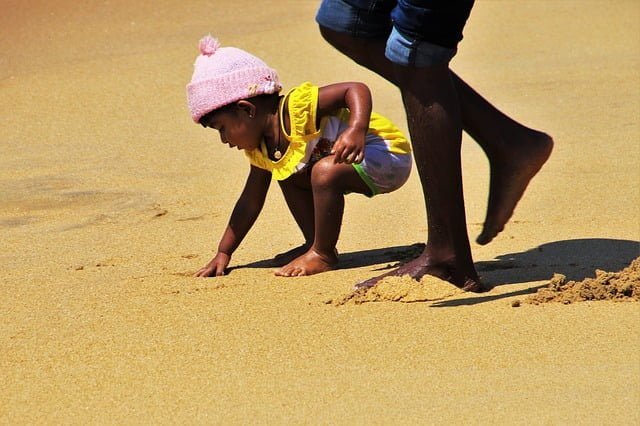
Is there such a thing as a safe summer?
Is there such a thing as a safe summer?
With summer comes hot days in the sun, baseball games, barbecues, and lazy days at the beach. And for many, it’s time to celebrate the end of winter with a deep, “healthy” summer tan. But is there a way to safely tan your skin without exposing it to the damage it can do? skin cancer? “The answer is no,” says Stephen Lynch, MD, vice president of staff and primary care/admissions physician at Phoenix Hospital. “If it is in the sun, there is a possibility that it will be damaged.” But there are steps that can help prevent burns and protect the skin from excessive damage, he says.
How does the skin tan?
Skin darkens when cells just below the surface, called melanocytes, are exposed to ultraviolet light and produce melanin, a pigment that darkens the skin. Melanin absorbs UV light and helps protect skin from burns. But too much UV light can cause serious damage. UV rays penetrate deeply and can cause premature aging of the skin, damage to the eyes, and DNA damage to skin cells which can lead to basal cell or squamous cell carcinomas , the two most common types of skin cells. Even worse, damaged melanocytes can become melanoma , which accounts for 2 percent of all skin cancers, but accounts for more than 90 percent of skin cancer deaths.
Ultraviolet rays are difficult to avoid. They have the ability to jump off water, snow, and sand, and penetrate windows, windshields, and clothing. Children, young adults, and people with fair skin have a higher risk of cell damage from UV rays. “In general, the lighter the skin, the more likely it is to burn,” says Dr. Lynch. “Melanin, which causes dark skin color, has a protective effect. However, dark skin has been shown to lead to late diagnosis of some skin cancers. Therefore, everyone needs to minimize skin damage caused by the sun.”
Tips to protect your skin
To help protect your skin from damage caused by UV rays, the Skin Cancer Foundation recommends that you:
- Use a sunscreen with an SPF of 30 or higher if you plan to be outside for more than 20 minutes. The sunscreen should be waterproof and protect against UVA and UVB rays. Reapply regularly, especially after sweating or getting out of the water.
- Don’t burn yourself. Sunburn has been linked to an increased risk of skin cancer.
- Avoid tanning booths and beds that use harmful UV rays. Several states prohibit the use of tanning booths for people under the age of 18. Some countries, including Australia, have also banned tanning salons. Australia has the highest incidence of skin cancer in the world.
- Be especially vigilant to protect yourself from sun damage between 10 am. m and 4 m M., when the sun is usually stronger. Find shade when you can. Cover yourself with a wide-brimmed hat, UV-protective sunglasses, long sleeves, and pants.
- Check your skin for suspicious spots every month and see a dermatologist for a skin check once a year.
While tanning isn’t safe, that won’t stop many active people from enjoying the outdoors this summer. Nor should. One of the ways to achieve this is to exercise outdoors , which helps reduce the risk of cancer and other diseases. Moderate exposure to sunlight also helps the body produce vitamin D , which has been shown to stimulate the immune system and promote the growth of healthy cells. “Don’t be fooled by cloudy or cold days,” says Dr. Lynch. “You can still burn. Also, be careful about areas where you might be in the shade but have UV rays reflecting back on you. There is so much to do outdoors, just try to make sure how much you enjoy it.”
Learn grilling tips and tricks.



